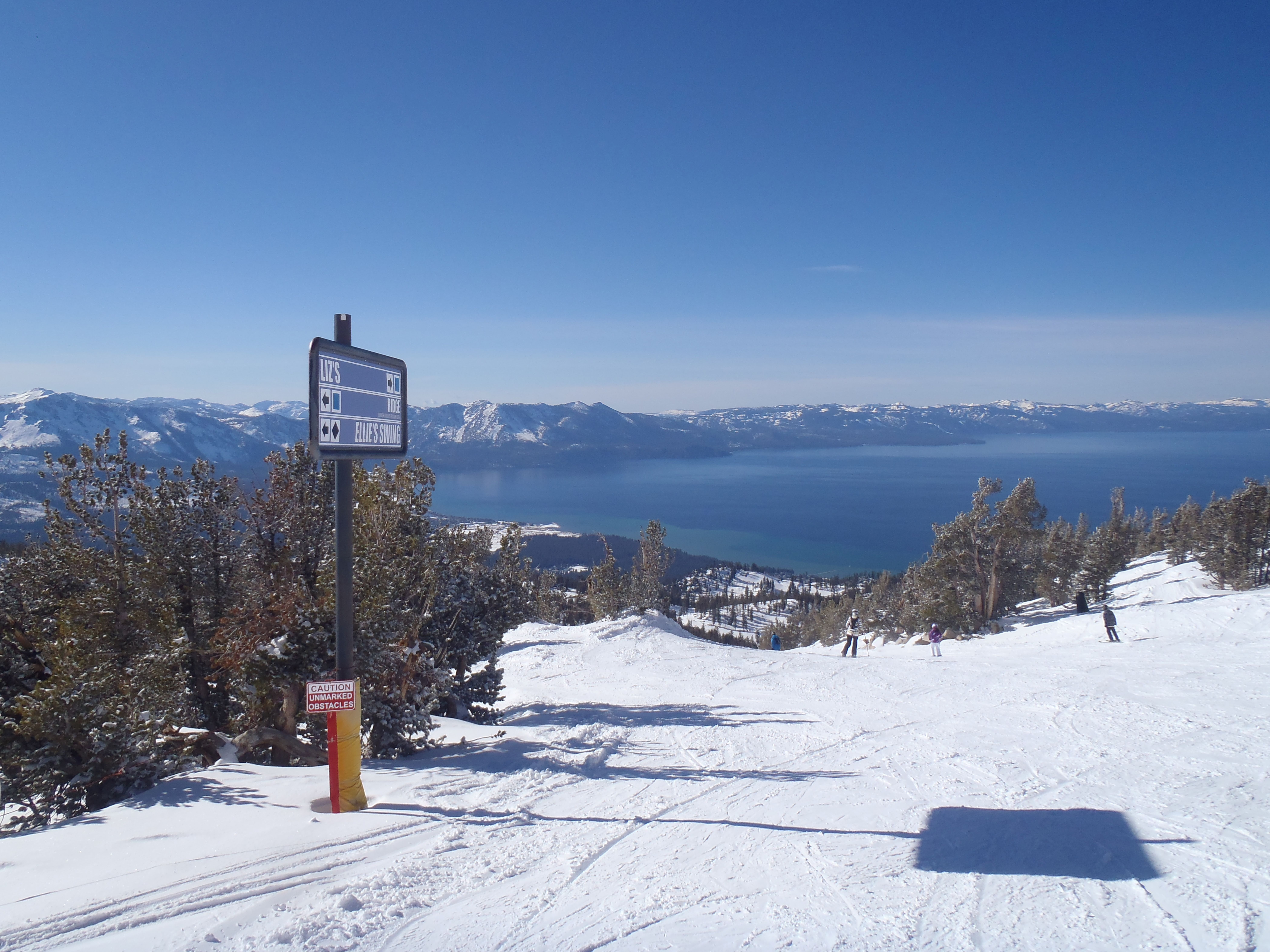A formative research process to implement nature-based physical activities and support relatedness in physical and health education
Abstract
This is a second paper in a series outlining phases in a formative research process designed to develop, refine and use an action checklist that helped teachers utilize nature-based physical activity (NBPA) as a means of fostering relatedness for girls in Physical and Health Education (PHE). The first paper focused on the development of the checklist in order to help teachers utilize NBPA in their PHE classes (Gruno & Gibbons, 2021). This paper focuses on the second phase: the refinement, utilization, and results of the action checklists. Relatedness, drawn from the self-determination theory of motivation (Deci & Ryan, 1985; Ryan & Deci, 2000, 2020), provided the theoretical framework for the action checklist. In this paper, the authors describe the process and how the action checklists were used to help teachers utilize a wide range of NBPA curriculum actions and instructional strategies to address the motivational needs of girls in PHE. The authors include specific excerpts of teachers’ use of the action checklists.
Key words: formative research; self-determination; physical and health education; girls
Published
Issue
Section
License
Authors who publish with this journal agree to the following terms:
- Authors retain copyright and grant the journal right of first publication with the work simultaneously licensed under a Creative Commons Attribution-Share Alike 2.5 Canada License that allows others to share the work with an acknowledgement of the work's authorship and initial publication in this journal.
- Authors are able to enter into separate, additional contractual arrangements for the non-exclusive distribution of the journal's published version of the work (e.g., post it to an institutional repository or publish it in a book), with an acknowledgement of its initial publication in this journal.
- Authors are permitted and encouraged to post their work online (e.g., in institutional repositories or on their website) after publication, while providing bibliographic details that credit PHENex (See The Effect of Open Access).


